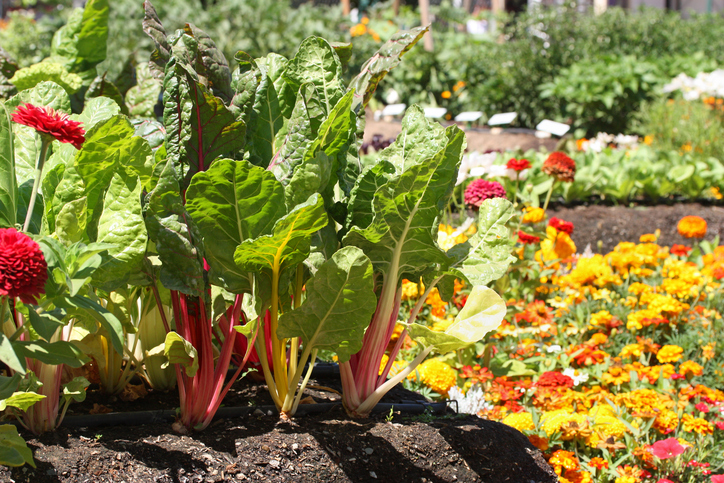
Homegrown vegetables, fruits and herbs are fresher, tastier, and healthier than what you buy from the grocery store. And there’s the pride you get from the fact that you grew them yourself!
If you’ve just moved to North Texas and you want to grow your own vegetable garden, check out our 10 tips on how to garden successfully here.
- Prepare the soil
Clay soil can be tricky and not all plants naturally thrive in it, but it is loaded with nutrients and holds water well. If you’re working with clay soil, which is what we mostly have in our area, you must first add lime to release the trapped nutrients.
You’ll also need to add a thick layer of organic matter such as leaves, hay, grass clippings, and hardwood mulch to the entire bed. About six to eight inches of organic matter will do.
- Ensure good drainage
Clay’s ability to retain water is a huge disadvantage during the wet season. Vegetables won’t grow on oversaturated soil, so you need to ensure any excess water doesn’t stay around your plant’s roots. The best way to make this happen is to give your garden beds at least five to six inches of elevation.
Aside from proper drainage, raised garden beds help you do away with the need to stoop or bend when you need to tend to your vegetables. It can also be an effective way to keep certain animals and pests out.
- Pick the appropriate time to plant your vegetables
Timing is essential to vegetable garden success, as planting too early or too late can impact the harvest. Know the right planting time for each crop that you plan to grow. It is crucial to know what vegetables to plant and when so you can create your own vegetable planting guide.
- Aerate
Soil can become too compacted with use, keeping water and fertilizer from reaching the roots. Aerating your garden can relieve soil compaction, allowing your plants and vegetables to grow deeper roots and gain better access to water and fertilizer.
- Keep it small
Keep the size of garden manageable – you don’t want to make it too large to maintain, especially at the beginning. As you get better with each crop, then you may expand your garden as you see fit. Start with a garden bed that’s 6×6 to 8×8 square feet in size, and then build from there.
- Let your plants receive plenty of sunlight
When choosing a spot for your garden, pick one that gets as much sun as possible, at least 10 hours’ worth each day.
- Be wary of pests
Fire ants and chinch bugs can wreak havoc to North Texas gardens during summer. Try killing them off with a pot of boiling water first. If that doesn’t work, use chemicals or hire a professional.
- Water in the morning
In North Texas, the perfect time to water plants is from 4am to 8am. This helps keep fungal growth in check and ensures plants get all the water they need before it evaporates.
- Avoid pruning during summer
While plants need regular pruning for overall health, it’s best to wait for fall or early winter to do any major pruning, when sap activity is low.
- Harvest and enjoy
Pick your produce when they look good enough to eat, and don’t be shy about enjoying the fruits of your labor.
Want more interesting information on life in North Texas like making the switch to go environmental-friendly in your home-living and choosing among highly recommended plants to grow in the region? Interested in Granbury, TX real estate? Our agents at Coleman Real Estate LLC would love to assist you. Call us at 817-579-9300 or send an email to info(at)lakegranburyproperties(dotted)com.
